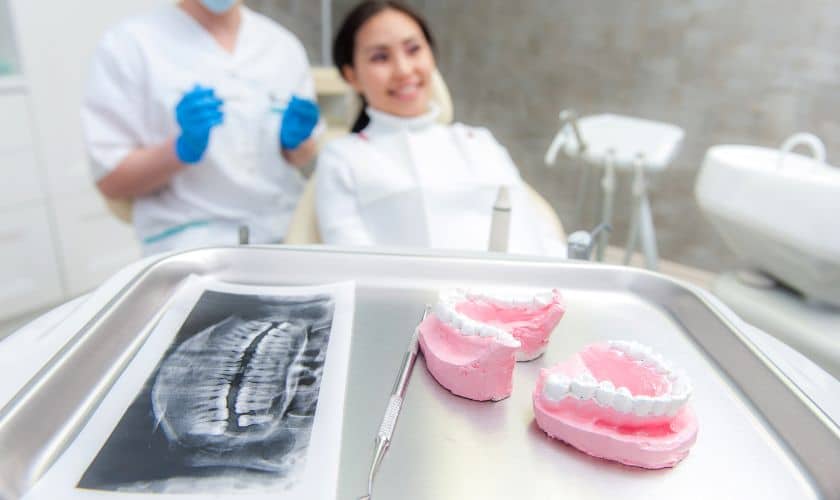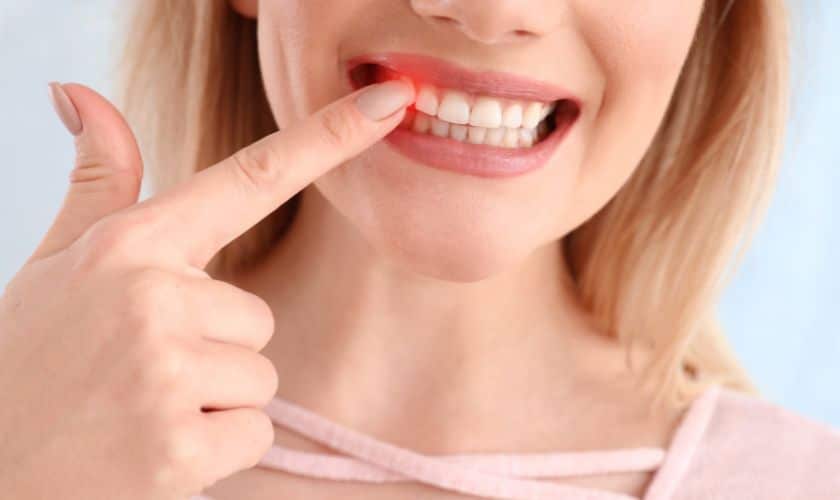
Improve Your Dental Structure with Crowns and Bridges
Dental crowns and bridges are effective treatments for improving your dental structure. These procedures can restore the teeth’ functionality, esthetics, and strength or replace missing teeth with artificial ones. As a result, they can make it much easier to chew and talk properly. In this blog, we will provide an introduction to what dental crowns and bridges are, discuss their benefits, list the different types of crowns and bridges available, talk about the procedure involved in getting them fitted, address any potential risks or drawbacks associated with them and answer some commonly asked questions.
Dental crowns and bridges are common treatments for many dental problems. Crowns cover and restore the shape, size, and strength of a damaged or decayed tooth, while bridges replace missing teeth. Both treatments have several benefits that can improve your dental structure, such as improved functionality, aesthetics, and proper teeth alignment. This blog overviews how crowns and bridges work and their associated benefits.
Benefits of Dental Crowns and Bridges:
1. Improved Functionality: Dental crowns are designed to fit the natural shape of your tooth so that it can function properly when eating or speaking. This will make it much easier to chew and talk without any discomfort or pain. Additionally, bridges can replace missing teeth and restore the original shape, size, and functionality of your teeth.
2. Improved Esthetics: Crowns and bridges can also be used to improve the appearance of your smile by covering any gaps between teeth or repairing any chips or cracks. This will help you feel more confident about your smile and give you an overall better look.
3. Improved Alignment: Dental crowns and bridges can be used to help align your teeth, which in turn can improve the overall structure of your jaw and face. This will help you maintain a healthy bite as well as reduce any potential for plaque buildup or other dental problems.
Types of Dental Crowns and Bridges:
There are several types of dental crowns and bridges available, including:
1. Porcelain Crowns: These are made from a combination of porcelain and metal and are designed to fit your tooth’s natural shape. They can cover any chips or cracks on the surface of your teeth and restore their size, shape, and strength.
2. Resin Crowns: These are made from acrylic and other plastic materials. They can be used to cover any chips or cracks on your teeth, as well as restore their size, shape, and strength.
3. Porcelain-Fused-to-Metal Bridges: These bridges are made from a combination of porcelain and metal and are designed to fill gaps between your teeth. They will look natural while providing support and strength to the surrounding teeth.
4. Resin-Bonded Bridges: These bridges consist of two plastic wings bonded to either side of the existing teeth. They can replace a single missing tooth and provide support and strength to the surrounding teeth.
Procedure for Getting Crowns and Bridges:
If you want dental crowns or bridges fitted, the first step is to visit your dentist for an initial consultation. During this appointment, your dentist will assess your dental health and determine the best treatment option. Depending on your individual needs and requirements, they may then recommend that you get a crown or bridge fitted.
Once the initial consultation is complete, your dentist in Albuquerque will take an impression of your mouth to create a model of your teeth. This will help them design and fit a custom-made crown or bridge that is perfect for your needs. After the crown or bridge is ready, your dentist will fit it over the affected tooth and make any necessary adjustments to ensure a comfortable fit.
Potential Risks and Drawbacks:
Although dental crowns and bridges are generally safe treatments, they have some potential risks and drawbacks. These include:
1. Sensitivity: After getting a crown or bridge fitted, you may experience some sensitivity to hot and cold foods and liquids. This should go away after a few weeks but if it persists, contact your dentist as soon as possible.
2. Staining: Dental crowns and bridges are prone to staining and discoloration over time. To avoid this, brush and floss your teeth regularly and visit your dentist for regular check-ups.
3. Wear: Over time, the material used in dental crowns and bridges may wear down or chip off, leaving you at risk of tooth decay or gum disease. To reduce this risk, practice good oral hygiene and visit your dentist regularly for check-ups.
Conclusion:
Dental crowns and bridges effectively improve the structure of your teeth and restore their size, shape, and strength. However, it is important to understand their potential risks and drawbacks before getting them fitted. By following the advice of your dentist, you can ensure that you get the best results from your dental crowns and bridges.
Dental crowns and bridges are devices used to restore the size, shape, and strength of your teeth. They are made from various materials such as porcelain, metal, or resin and can be used to cover chips or cracks on the surface of your teeth or fill any gaps between them.
Dental crowns and bridges can last anywhere from five to fifteen years, depending on the material used and your oral hygiene habits. It is essential to follow the advice of your dentist to ensure that your crowns and bridges last as long as possible.
Some potential risks are associated with dental crowns and bridges, such as sensitivity to hot or cold food and drinks, staining or discoloration, and wear over time. It is essential to discuss these risks with your dentist before getting a crown or bridge fitted.
Recent Posts

How Adhesive Techniques Have Improved Denture Fit

How Dentures Can Renew Mom’s Self-Assurance This Mother’s Day

TMJ Treatment: What to Expect During Your Dental Visit

How Stress Affects Gum Health And Strategies For Stress Management

